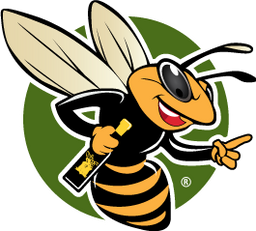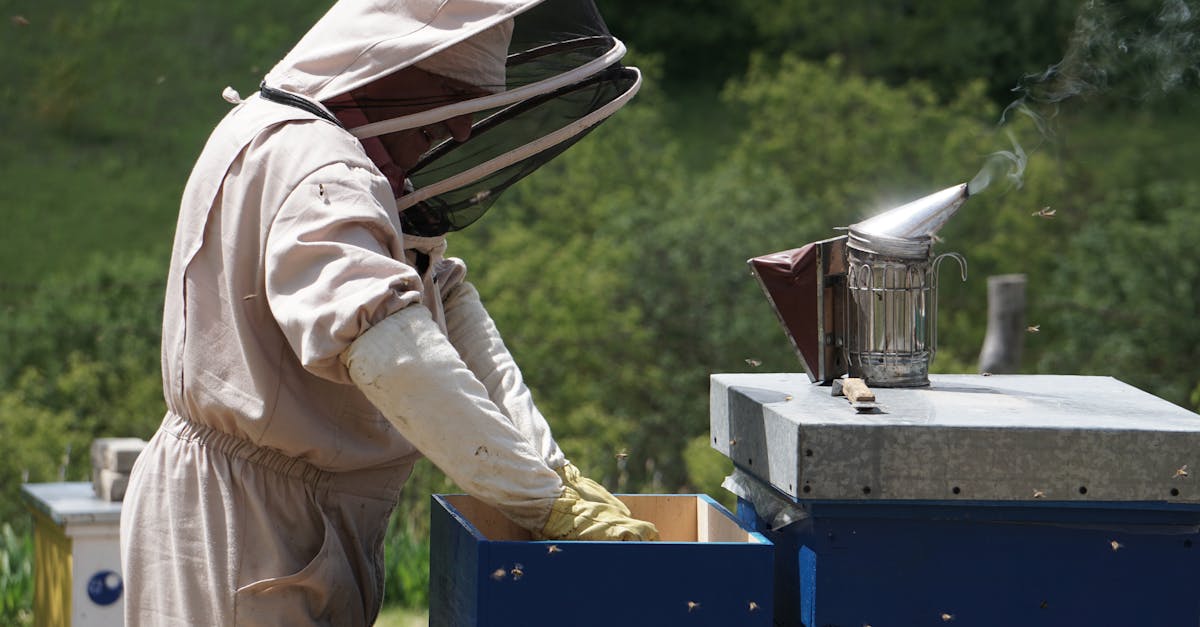Beekeeping is a rewarding yet challenging pursuit, and having the right gear is crucial for success. A professional bee suit offers essential protection against stings while allowing beekeepers to work confidently and efficiently. These suits are designed with specific features that cater to the needs of both novice and experienced apiarists, ensuring safety without sacrificing comfort.
Choosing the right bee suit can make all the difference in a beekeeper's experience. With various styles, materials, and designs available, it’s important to understand what to look for when investing in this vital piece of equipment. From ventilation to sting resistance, the right suit can enhance the beekeeping journey, allowing enthusiasts to focus on their passion for these incredible pollinators.
Overview of Professional Bee Suits
Professional bee suits serve as essential protective gear for beekeepers. They help prevent stings while allowing individuals to manage hives comfortably and confidently. These suits come in various styles, including full-length options and jackets, catering to different preferences and levels of protection.
Materials play a crucial role in the function of bee suits. Common fabrics include cotton, polyester, and ventilated mesh. Each material provides different levels of breathability and durability. Choosing a fabric that balances comfort with protection ensures a positive experience in the hive.
Ventilation systems are critical in professional bee suits. Suits with adequate airflow help keep beekeepers cool during warm weather. Features like mesh panels in the jacket or full-body suit increase airflow while maintaining sting resistance.
Sting resistance remains a primary concern when selecting a bee suit. Many professional suits incorporate thicker materials or specialized coatings designed to reduce the likelihood of bee stings. Ensuring the suit fits properly also contributes to overall protection, as ill-fitting garments may expose skin to stings.
Additional features, such as removable veils and pockets, enhance functionality. Removable veils offer versatility for different environments and preferences. Pockets provide convenient storage for tools while working, allowing for efficient hive management.
Altogether, professional bee suits are vital for anyone who manages bees. The right suit not only aids in safety but also boosts confidence and comfort while working with these essential pollinators.
Features to Consider When Choosing a Professional Bee Suit
Selecting the right professional bee suit involves several important features that enhance safety and comfort. Below are key aspects to consider.
Material and Construction
Material and construction play a crucial role in the effectiveness of a bee suit. Common options include cotton and polyester, each offering unique benefits. Cotton suits provide a soft feel and breathability, while polyester suits tend to be more durable and resistant to wear. Ventilated mesh suits combine these materials, allowing for better airflow while keeping bees out. It's essential to choose a suit that is sturdy yet lightweight to prevent fatigue during use.
Ventilation and Comfort
Ventilation is vital for comfort when working with bees. Effective ventilation systems often feature mesh panels located in critical areas. These panels allow air to flow freely, reducing heat and sweat. Proper fit also affects comfort; a suit that is too tight restricts movement, while a loose suit may allow bees to enter. Many professional bee suits include adjustable straps and elastic cuffs, improving the fit and comfort during longer beekeeping sessions.
Maintenance and Care Tips for Your Bee Suit
Maintaining a professional bee suit ensures longevity and effectiveness. Regular care keeps the suit clean and in good condition, enhancing safety during beekeeping activities.
Cleaning the Suit
-
Wash by Hand: Hand washing helps preserve the fabric. Use mild soap and cold water to avoid damage.
-
Use Gentle Cycle: If machine washing, select a gentle cycle. This reduces stress on the suit’s seams and fabric.
-
Air Dry: Hang the suit to air dry. Avoid using a dryer, as heat can warp the suit’s material.
Storing the Suit
-
Store in a Cool, Dry Place: Keep the suit away from direct sunlight and humidity, as these conditions can degrade the fabric.
-
Avoid Creasing: Hang the suit to prevent creases. A garment bag can also protect it from dust and pests.
Inspecting the Suit
-
Check for Damage: Examine regularly for tears, fraying, or loose seams. Early repairs can extend the suit’s lifespan.
-
Examine the Veil: Ensure that the veil is intact and secure. Any holes can allow bees to enter.
Repairing the Suit
-
Sew Small Tears: Use a needle and thread to stitch small tears. A patch can cover larger holes.
-
Consult a Professional: For significant damage, consulting a professional for repairs can maintain the suit’s integrity.
General Care
-
Avoid Chemicals: Steer clear of bleach or harsh detergents that can harm the suit’s material.
-
Handle with Care: Be careful when putting on or taking off the suit to avoid snags.
With proper maintenance and care, a professional bee suit can provide reliable protection for many seasons.
Conclusion
A professional bee suit is essential for anyone serious about beekeeping. It not only provides crucial protection from stings but also enhances the overall experience by allowing beekeepers to focus on their passion. Selecting the right suit involves considering materials, styles, and features tailored to individual needs.
With proper maintenance, these suits can last for many seasons, ensuring safety and comfort in the field. Investing in a quality bee suit is a step towards successful beekeeping, enabling enthusiasts to work confidently among their bees.
Frequently Asked Questions
What is the purpose of a professional bee suit?
A professional bee suit is designed to protect beekeepers from stings while allowing them to work confidently around bees. It provides essential coverage and enhances safety during hive management.
How do I choose the right bee suit?
When selecting a bee suit, consider styles, materials, and features like ventilation and sting resistance. Assess your comfort needs and protection level to find the best fit for your beekeeping activities.
What materials are best for bee suits?
Common materials for bee suits include cotton for breathability, polyester for durability, and ventilated mesh for optimal airflow. The right material balances comfort and protection against stings.
What features should I look for in a bee suit?
Key features to evaluate include ventilation systems, sting resistance, adjustable straps, elastic cuffs, removable veils, and pockets. These enhance comfort, ease of movement, and overall functionality during beekeeping.
How important is ventilation in a bee suit?
Ventilation is crucial for keeping beekeepers cool and comfortable. Features like mesh panels allow for airflow, helping to reduce heat and sweat while maintaining sting resistance.



